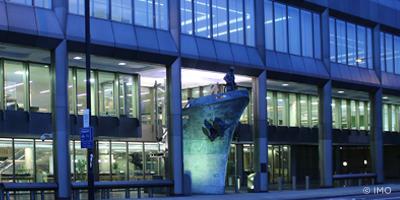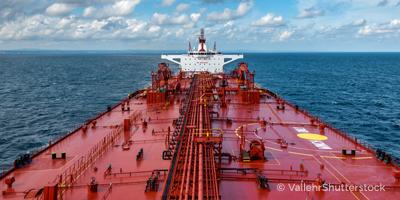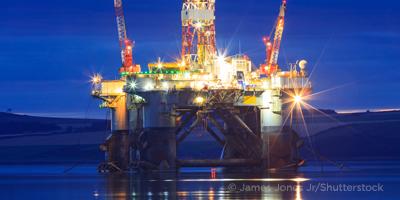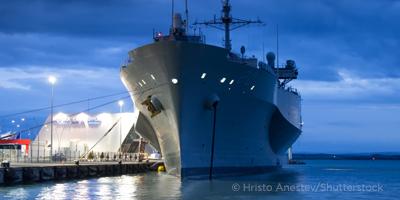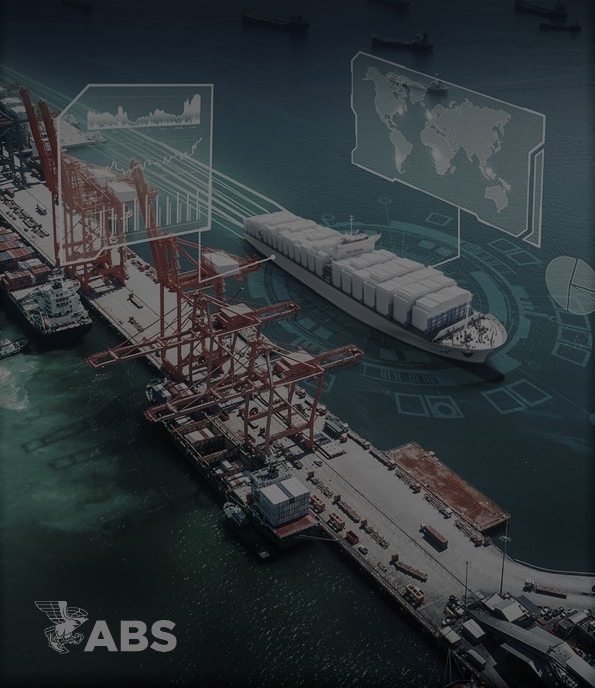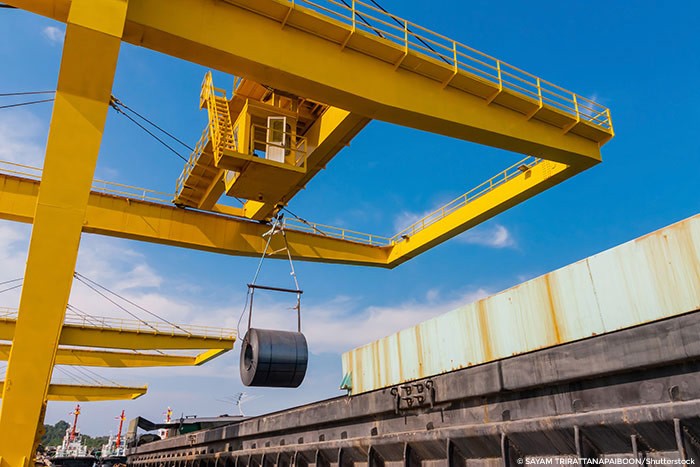(Houston) ABS, a leading provider of classification and technical services to the marine and offshore industries, has introduced a new service and analysis tool that will allow atypical cargoes on bulk carriers. The software streamlines loading analysis and provides a safer approach to loading atypical bulk cargo.
“ABS understands that maintaining a leadership role means finding ways to improve safety and efficiency for industry,” says ABS Executive Vice President for Global Marine Dr. Kirsi Tikka. “Our new steel coil loading solution delivers customization options to expand the range of loads that can be carried safely by bulk carriers.”
In developing this new software and service, ABS has taken a comprehensive approach to steel coil loading. This new capability helps improve efficiency, enabling faster decisions regarding the safety of nontraditional loads. Using the ABS loading analysis software enables timely and accurate decisions about the achievable safety for steel coil loads that are not included in the loading manual.
“Bulker owners and operators are looking for every opportunity to keep their fleets operating in challenging market conditions,” adds Tikka. “We recognize how important it is for the bulker industry to expand their service, and we also understand the critical role that safety plays.”
ABS understands the unique operational and regulatory challenges that the bulker sector faces and has pioneered solutions to address both environmental requirements and vessel performance. As a leader in marine classification, ABS classes all bulk carrier designs and sizes, from handy and handymax to capesize and very large ore carriers (VLOCs), and is positioned globally to provide exceptional class services, including timely reviews of nontraditional cargo loads.
▬▬
About ABS
Founded in 1862, ABS is a leading international classification organization devoted to promoting the security of life and property and preserving the natural environment through the development and verification of standards for the design, construction and operational maintenance of marine and offshore assets.




